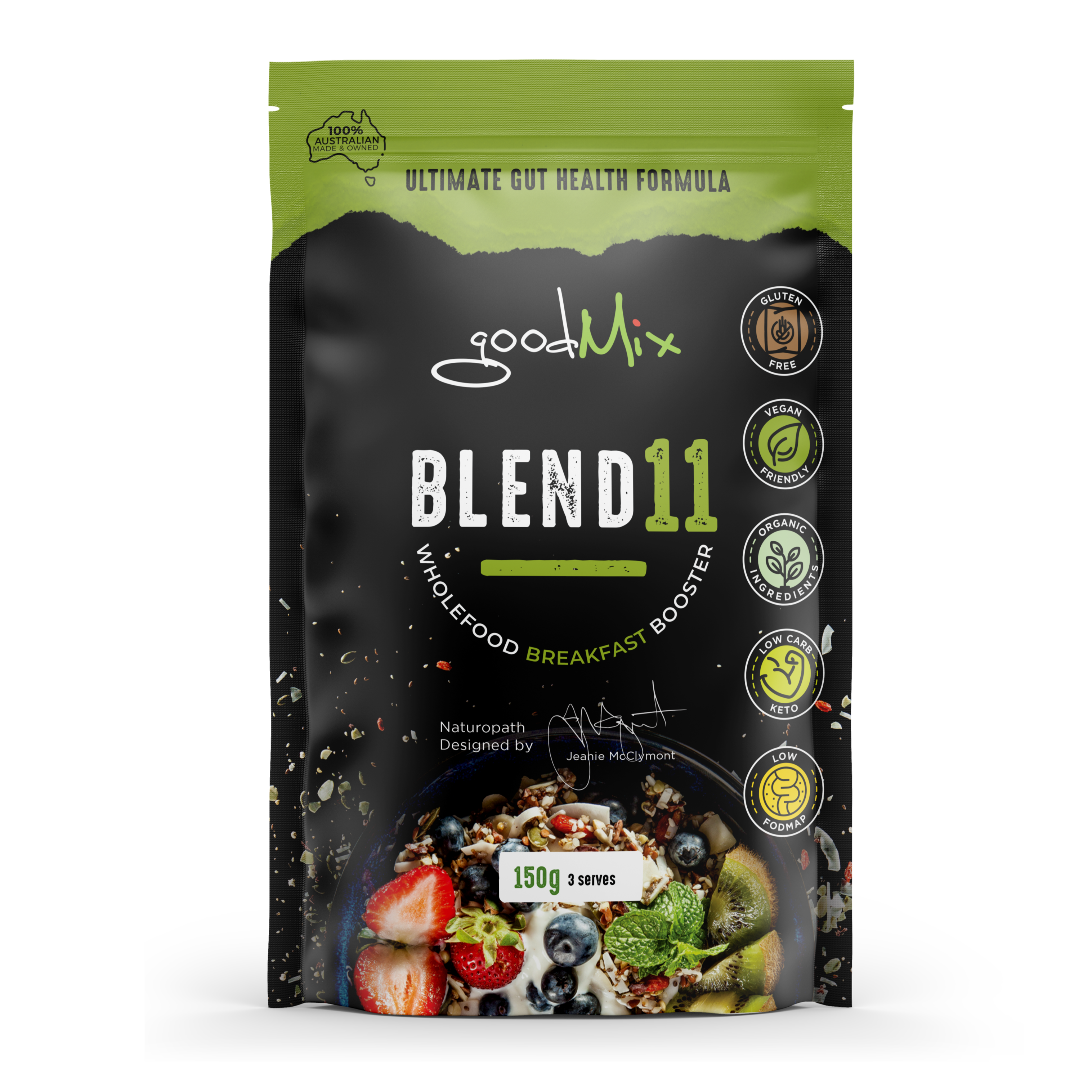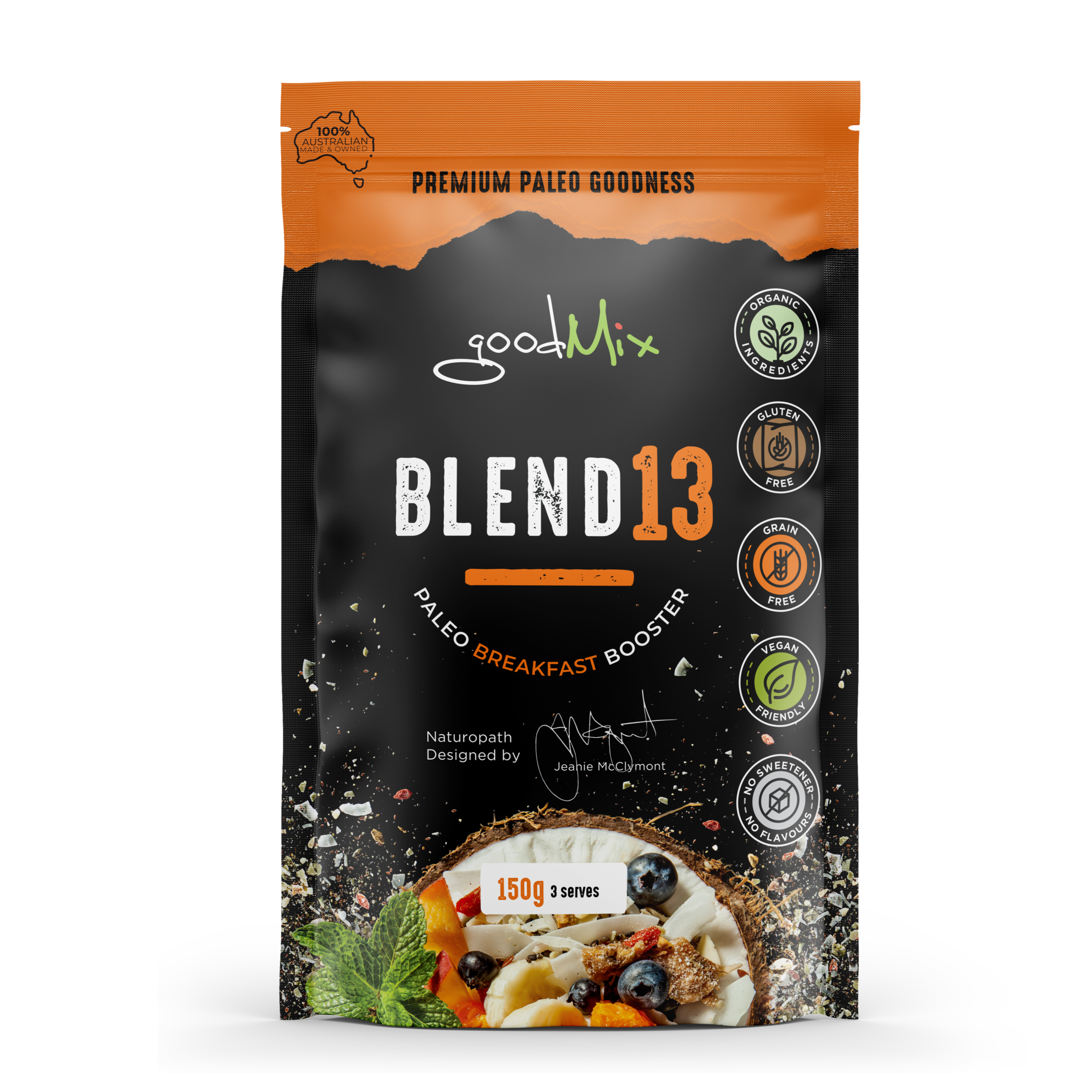
The Low-FODMAP Diet for Beginners: What You Need To Know
What Is A FODMAP?
FODMAP stands for Fermentable Oligosaccharides, Disaccharides, Monosaccharides, and Polyols. These are types of carbs and sugars in food that are not well absorbed in the small intestine. They can cause digestive discomfort in some people particularly those with Irritable Bowel Syndrome (IBS) and other functional gastrointestinal disorders (FGID).
FODMAP Symptoms
Found in a wide variety of foods, including grains, legumes, dairy products and certain fruits and vegetables, FODMAPs can draw water into the gut and ferment in the large intestine. This process may cause symptoms like bloating, gas, stomach pain, diarrhoea and constipation in sensitive individuals.
What Is A Low-FODMAP Diet?
The Low FODMAP diet was created by researchers at Monash University. It is centred around reducing the intake of these carbohydrates with the goal of identifying personal triggers for digestive symptoms. The diet is structured into two main phases: an elimination phase and reintroduction. Initially, foods high in FODMAPs are eliminated to alleviate gastrointestinal symptoms. This phase typically lasts between 2 to 6 weeks and aims to provide immediate relief.
The second phase involves gradually and systematically reintroducing high FODMAP foods back into the diet over 8-12 weeks. This helps identify what foods trigger symptoms, allowing individuals to adjust their diet according to their personal sensitivities.
It's important to note that a Low FODMAP diet is highly individualised. What works for one person may not work for another, making it essential to undergo this dietary adjustment under the supervision of a healthcare professional. This ensures the diet is followed correctly and helps in identifying the right balance of foods for optimal health and wellbeing. By navigating the Low FODMAP diet with care, individuals can work towards understanding their dietary triggers and managing symptoms more effectively.
The Low-Fodmap Diet For Beginners: Who Can Benefit?
The Low FODMAP diet was specifically created to help individuals who suffer from (medically diagnosed) Irritable Bowel Syndrome (IBS) and various Functional Gastrointestinal Disorders (FGIDs) such as Small Intestinal Bacterial Overgrowth (SIBO). These conditions are known for causing a spectrum of symptoms, including but not limited to, bloating, abdominal pain, excessive wind and inconsistent bowel movements. By significantly reducing the intake of high FODMAP foods, many have reported noticeable relief from these discomforting symptoms, enhancing their overall quality of life.
This dietary approach has been particularly beneficial for those who have struggled to manage their symptoms through conventional treatments. It provides a structured plan to identify food triggers systematically, which can often be overlooked in general dietary advice for digestive health. Despite its potential benefits, it's essential to recognise that this diet is not universally effective. While some may experience life-changing improvements, others may notice minimal or no change in their symptoms.
It’s highly advisable to undertake the Low FODMAP diet with the support and guidance of a healthcare professional, ideally one specialising in dietary management of gastrointestinal issues. This ensures the diet is tailored to the individual's specific needs, avoiding unnecessary dietary restrictions and ensuring nutritional balance is maintained. By adopting a methodical approach to the Low FODMAP diet, those with IBS and FGIDs can navigate their dietary choices more effectively, potentially leading to a significant improvement in their symptoms and overall wellbeing.
Understanding Its Limitations
While the Low-FODMAP diet can be transformative, it's not without its drawbacks. One significant concern is the potential decrease in gut microbial diversity. A healthy gut microbiome thrives on a variety of fermentable fibres, which can be challenging to maintain on a Low-FODMAP diet.
A diverse gut microbiome is crucial for overall health, and the restrictive nature of this diet can limit the intake of diverse fermentable fibres that support a healthy gut. This diminished microbial diversity has been linked to a range of health issues beyond digestive discomfort, including potential impacts on immune function and metabolic health.
Additionally, the diet's emphasis on elimination could lead to nutritional deficiencies if not properly managed. Essential nutrients found in high FODMAP foods, such as calcium, iron, and certain vitamins, might be inadequately consumed, necessitating careful planning and possible supplementation.
Another risk involves the development of additional food intolerances. The prolonged avoidance of specific food groups might increase sensitivity to them over time, making reintroduction difficult and potentially leading to a narrower range of tolerated foods. This can further complicate dietary choices and nutritional intake.
It's essential to approach the Low-FODMAP diet as a temporary tool for identifying dietary triggers, rather than a permanent dietary solution. For those following the diet, selecting low-FODMAP foods that still offer diverse fibres is crucial to avoid compromising gut health.
It's also important to recognise that the Low-FODMAP diet is not a one-size-fits-all solution. While many IBS sufferers report life-changing improvements, others may see little to no benefit. This variability highlights the importance of a tailored approach and the need for professional guidance in managing dietary changes.
Foods Lists
What Foods Are High In FODMAPs?
Foods high in FODMAPs that you may want to explore limiting include:
- Fruits: Apples, pears, mangoes, cherries, watermelon, plums, and peaches.
- Vegetables: Onions, garlic, mushrooms, cauliflower, asparagus, artichokes, and leeks.
- Legumes and Pulses: Beans, lentils, chickpeas.
- Wheat and Rye Products: Bread, pasta, cereals, and crackers.
- Dairy Products: Milk (from cows, goats, and sheep), ice cream, yoghurt, and soft cheeses.
- Sweeteners: High fructose corn syrup, honey, and sugar alcohols like sorbitol, mannitol, xylitol, and maltitol found in chewing gums and candies.
- Nuts and Seeds: Cashews and pistachios.
Low FODMAP Foods
- Fruits: Oranges, grapes, strawberries, blueberries, pineapple, kiwi, bananas (unripe), cantaloupe, honeydew melon.
- Vegetables: Carrots, cucumber, lettuce, tomato, zucchini, eggplant, potatoes, green beans, bell peppers, spinach, kale.
- Proteins: Eggs, firm tofu, tempeh, chicken, beef, pork, fish, shellfish.
- Dairy and Dairy Alternatives: Lactose-free milk and yogurts, hard cheeses (e.g., cheddar, parmesan), almond milk, rice milk.
- Grains and Cereals: Oats, rice, quinoa, spelt sourdough bread, gluten-free bread and pasta, cornflakes.
- Nuts and Seeds: Almonds (in small amounts), walnuts, macadamia nuts, peanuts, pumpkin seeds, sesame seeds.
- Beverages: Water, herbal tea (e.g., peppermint, green tea), coffee (in moderation), lactose-free milk.
This list provides a starting point, but individual tolerance can vary.
Blend11 has undergone testing and has been certified as Low FODMAP by the Monash University Certification Program, when consumed in the recommended 50g serving size. This is one reason why it is generally well tolerated by sensitive tummies, and why we get so much positive feedback from our IBS customers.
If you are committed to strictly following the Low FODMAP diet plan to assess its impact on your health, there are some guidelines to remember when consuming Blend11:
- ensure that you adhere to the 50g serving size and
- avoid adding excessive amounts of high FODMAP foods to it.
The Monash low FODMAP diet plan app provides detailed information on FODMAP content in foods such as fruits and yoghurt, which are commonly added to Blend11. Sometimes it can be that you’ll just need to decrease your serving size of one type of fruit at breakfast to keep your tummy flat & comfortable throughout the day, or replace one type of fruit with another.
The Low FODMAP diet can be a valuable tool for identifying dietary triggers and managing symptoms of IBS and FGID. However, it’s important to approach it as a temporary solution, aimed at improving your understanding of your body's responses to certain foods.
Ensuring you maintain a diverse gut microbiome is crucial, and incorporating low FODMAP, gut-friendly products like goodMix Blend 11 can help support your gut health during this process. Remember, always consult with a healthcare professional before making significant changes to your diet, especially when dealing with chronic health issues.




